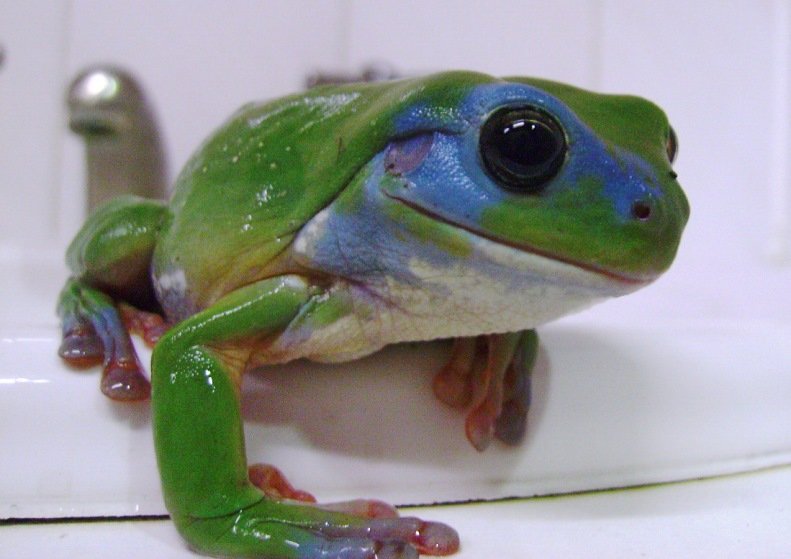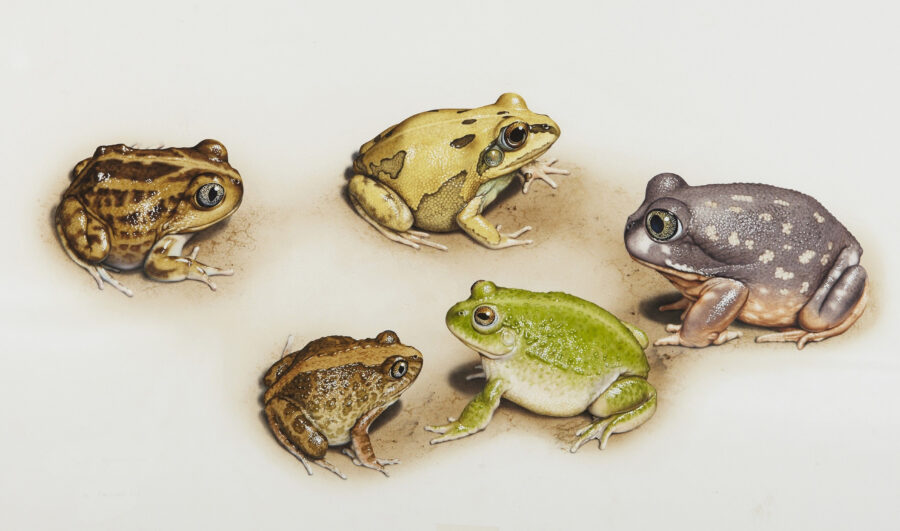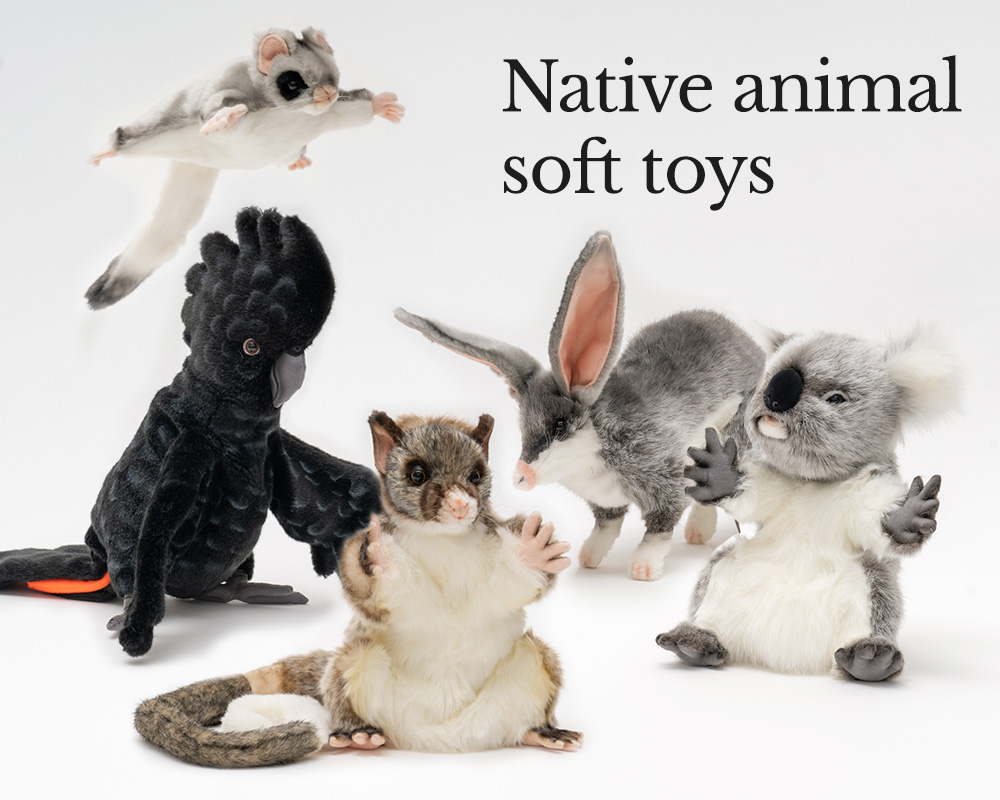It’s a tiny bat buffet for green (or blue?) tree frogs

Bec Crew
Bec Crew
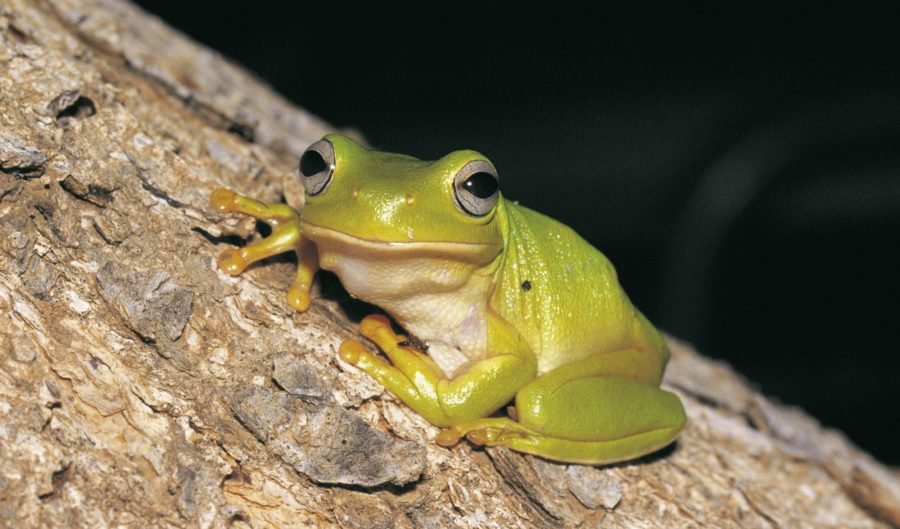
They might look cute to us, but green tree frogs (Litoria caerulea) are a total nightmare for baby bats. If bats told ghost stories, they’d surely tell them about the ‘Big Bad Frogs’ that lurk below, mouths open, awaiting any cub that happens to lose its grip on the cave walls.
Green tree frogs are found across northern and eastern Australia and Papua New Guinea in all kinds of habitats, from deserts to coastal swamps. Beloved for their unusually large size (males grow to around 90mm and females up to 113mm), vibrant green skin and amber eyes, they’re one of the most iconic Australian frogs.
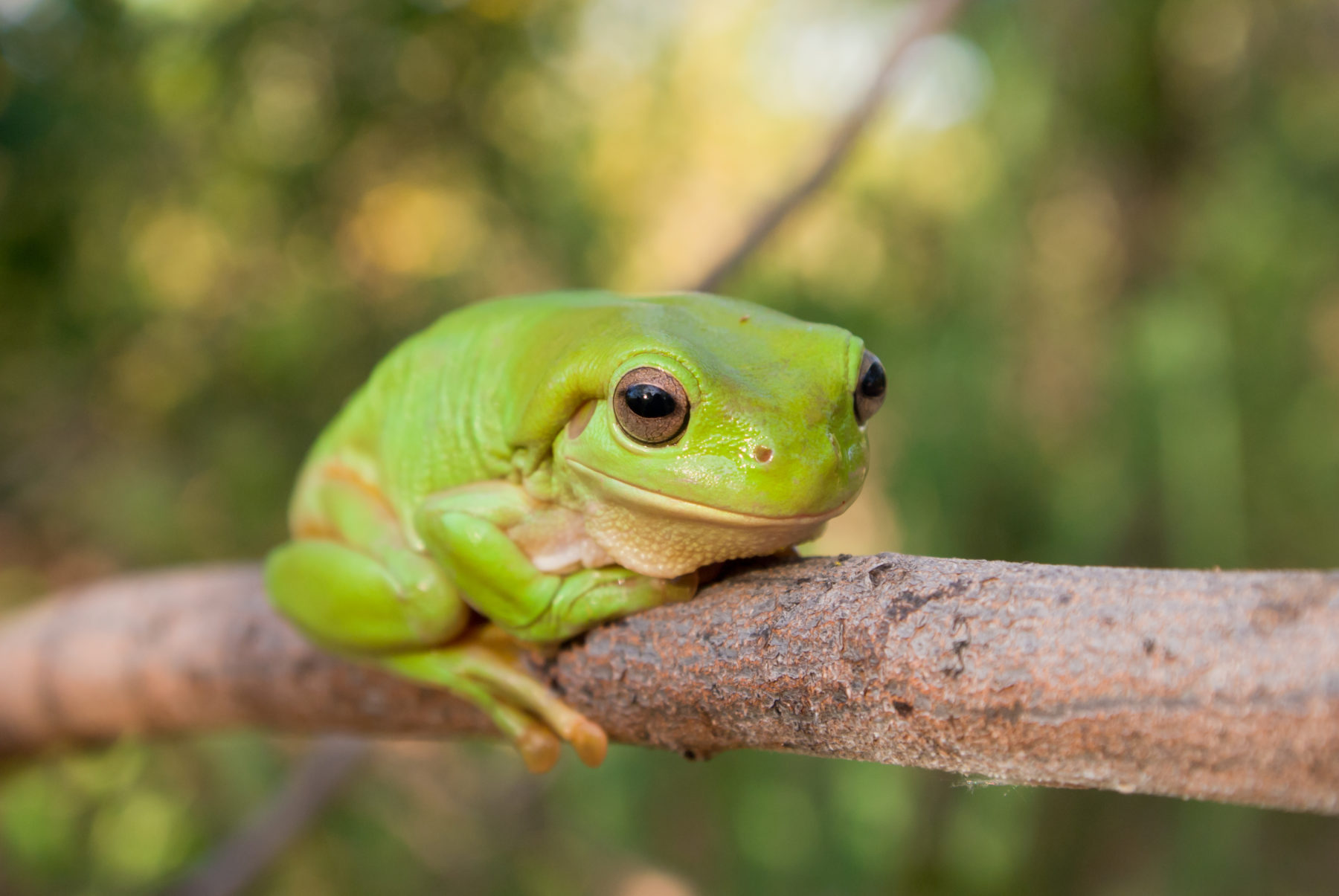
As opportunistic hunters, green tree frogs will eat almost anything, including insects, spiders, geckos and other frogs. They’re even known to devour the odd snake. It’s a sound strategy to keep yourself fed, but certain populations of green tree frogs have an even better idea – let the prey come to them.
In limestone caves, little bent-wing bats (Miniopterus australis) nest in colonies – some of more than 100,000 individuals. A small species with a body length of just 45mm, little bent-wing bat adults leave their pups in the cave each night as they fly out to hunt for food. The pups, too tiny to fly, must cling to the cave walls and ceiling for dear life, because if they don’t, they’ll fall straight into the gaping maws of the green tree frogs.
It’s a grisly end for baby bats, but a very satisfying meal for frogs.
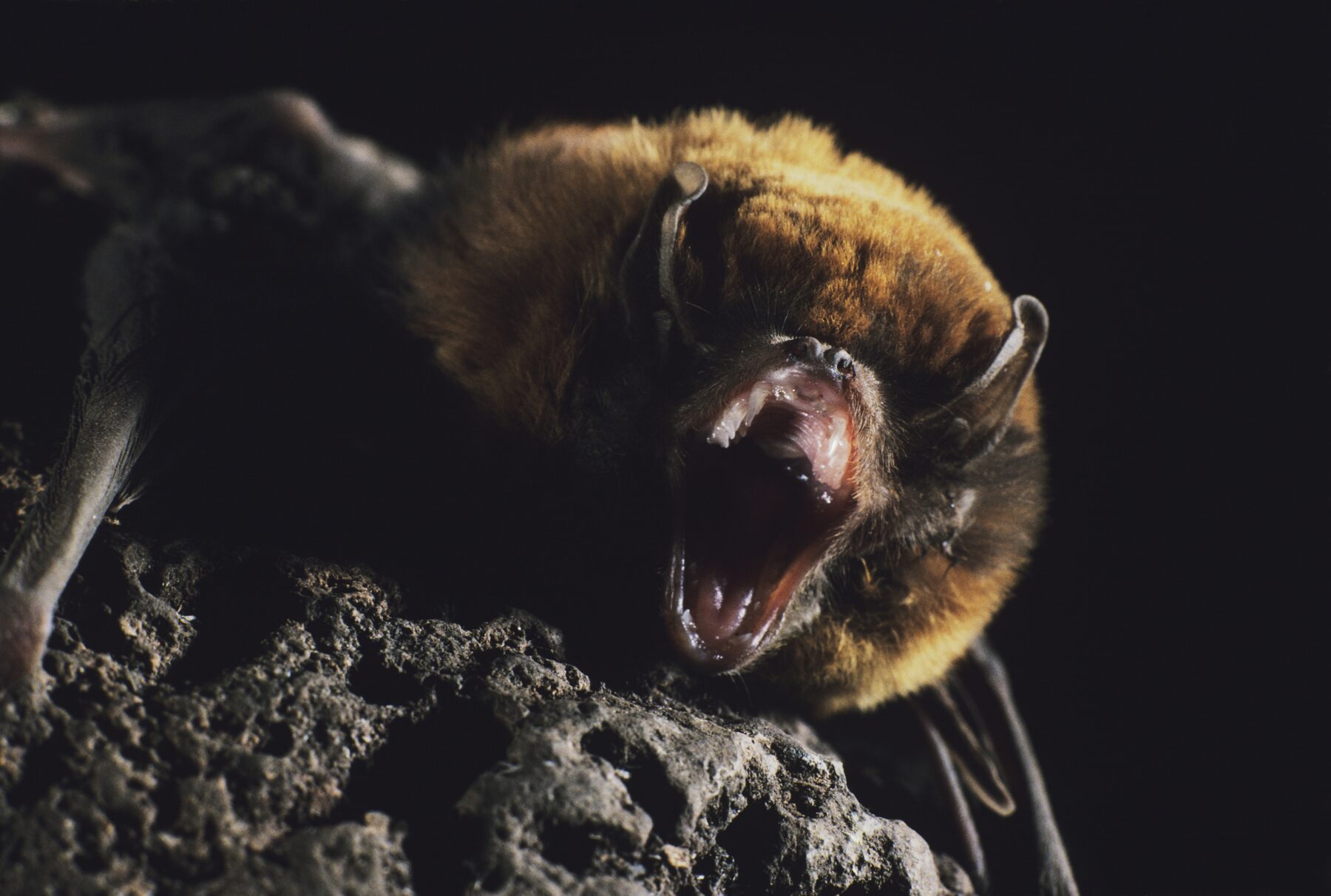
Blue tree frogs?
Green tree frogs are famous for their emerald hue, but they’ve been causing a stir for another colour: blue. Exceedingly rare cases of blue-splattered individuals have been recorded, and no one really knows why.
What we do know is these frogs get their striking colour from a mixture of blue and green pigments with a yellow layer over the top. Their scientific name, caerulea, is derived from the Latin word for ‘blue’ – because early specimens sent to England to be studied were damaged by preservatives and appeared blue despite being green in real life.
Dr Jodi Rowley, curator of amphibian and reptile conservation at the Australian Museum, told Australian Geographic that all kinds of odd things can happen with green tree frogs’ pigmentation. If you’re lucky, you might even spot a yellow green tree frog.
“Instead of missing the yellow pigment, which is what happens when the skin turns blue, they’d be missing the blue pigment, which makes them yellow,” Rowley explained.
